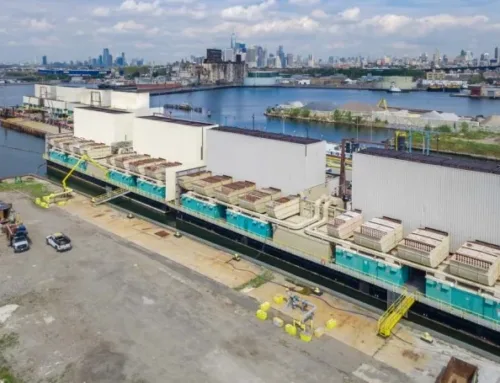Army hits setback as Hawaii board votes to reject environmental study
May 13, 2025
HONOLULU — Hawaii’s land board rejected the Army’s environmental impact statement to retain land on the Big Island used for live-fire training, a vote some Native Hawaiian leaders say reflects a growing distrust of the U.S. military in the islands.
The state Board of Land and Natural Resources voted Friday after members considered voluminous written testimony and listened to hours of oral comments, including from many in the Native Hawaiian community citing environmental destruction and cultural desecration.
The Army calls the Pōhakuloa Training Area the “premier” combat training grounds in the Pacific theater for all U.S. ground forces, including the Army, Marines, Navy and Air Force.
Space Force telescope proposal on Hawaii volcano meets Maui opposition
Board Chair Dawn Chang later called the vote “one of the hardest decisions that I have had to make.”
Chang said the decision was based on the adequacy of the environmental review, and not about the merits of whether the Army should not conduct training in Hawaii. No decision has been made on the Army’s longterm lease request. The Army’s lease for 23,000 acres is set to expire in 2029.
What happens next is up to the Army, Chang said.
The Army, noting that the environmental impact statement was created with community input, said in a statement it was observing a 30-day waiting period. After that, the Army will determine how much land it will seek to retain.
The vote was a “pleasant surprise” to activists who are concerned that military training in Hawaii harms island aquifers, sensitive wildlife and ancient Hawaiian burials, said Healani Sonoda-Pale, a Native Hawaiian activist. It was unexpected because of the military’s economic stronghold on Hawaii, she said.
“Friday’s vote is a real shift,” Sonoda-Pale told The Associated Press Monday. “I think the shift here happened because of the Red Hill spill. The military lost a lot of trust and respect.”
In 2021, jet fuel leaked into the Navy water system serving 93,000 people on and around the Pearl Harbor base. It sickened thousands in military housing and heightened concerns about leaks at the Red Hill Bulk Fuel Storage Facility.
The military eventually agreed to drain the tanks, amid state orders and protests from Native Hawaiians and other Hawaii residents worried about the threat posed to Honolulu’s water supply. The tanks sit above an aquifer supplying water to 400,000 people in urban Honolulu.
“U.S. Army Hawai‘i understands and deeply respects the concerns expressed by community members, cultural practitioners, and environmental advocates regarding the Army’s presence and activities at Pōhakuloa Training Area,” Lt. Col. Tim Alvarado, U.S. Army Garrison Pōhakuloa commander, said in a statement. “We recognize that past actions have caused harm and eroded trust, and we continue to seek a balance with consideration for the cultural and environmental significance of this land.”
The U.S. Army is seeking to return nearly 3,300 acres of leased lands back to the state and retain 19,700 acres to sustain training, the Army statement said.
Hawaii’s congressional delegation issued a joint statement saying they “believe there can be a path forward that accounts for the critical importance of Hawaii’s role in our country’s national security strategy and fundamentally respects and responds to the needs of the people of Hawaii.”
In a statement, Gov. Josh Green acknowledged the rejected environmental impact statement presents challenges but doesn’t end the conversation: “This is a time for collaboration, not division, as we seek balanced solutions that honor both our heritage and our future.”
Search
RECENT PRESS RELEASES
Related Post




